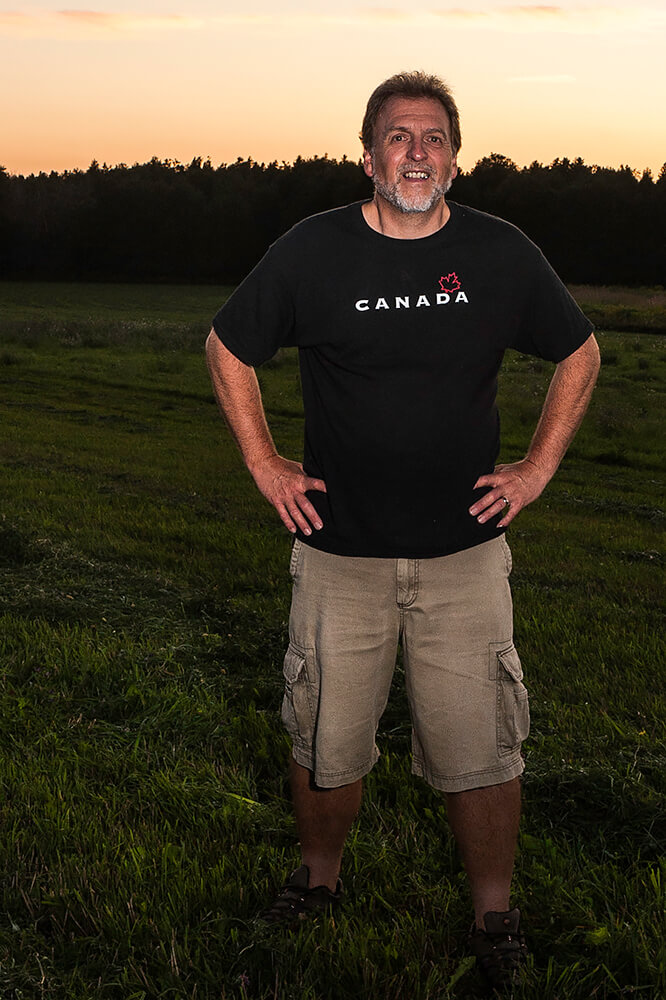Randall has been making photographs for over 45 years, initially in the nature/landscape genre, eventually evolving to run a commercial photography business focused on interior and exterior architectural clients. Since 2015, after closing the business, he focused solely on photographing subjects and projects that are of personal interest. These consist largely of street and documentary subjects. He has also been active in lecturing about photography, to a wide variety of Ontario camera groups. These presentations sought to stir up and challenge traditional notions on photography, bringing to light the work and importance of master photographers. A recent book publication: Reaching a Higher Level in Photography (2023) has come out of these presentations.
I believe the camera’s strength is its ability to capture fleeting moments, to stop time and create a sense of curiosity in the viewer. If a still image is to be successful it has to illustrate something missed and something fleeting. Chasing this fleeting moment of uniqueness allows me to better saviour life.
A father of four children, Randall and his wife Catherine live on a rural property near Peterborough, Ontario, Canada.
Statement
Photography represents much more to me than only exploring the world. It is the ability to capture a moment of time, to rip a unique page from the book of life. Photographs at their best tell a story or reveal a penetrating statement, not only through an individual picture but also through groups of photographs. The camera provides a means to document and freeze a passing juncture, perhaps capturing an important instant, a blink of vision that without the camera would be gone forever. The simple act of making a photograph encourages the photographer to stop and carefully look at the complexity of life. This uncomplicated act opens up details of the world lost to others. At its true essence, the camera is a persistent companion documenting a unique view of the world and travelling along through our life journeys.
The techniques I use to capture these moments of life and narratives are not based on technological prowess, because to me the camera is only a tool to be harnessed. Photographs reflect and document the real world and are a contemplation of things as they are. Technology is only a means to capture this reality. The ultimate success of the process is the strength and validity of the final product, and the need it creates in the viewer to linger and explore.
Winner AAP Magazine #30 Shadows
